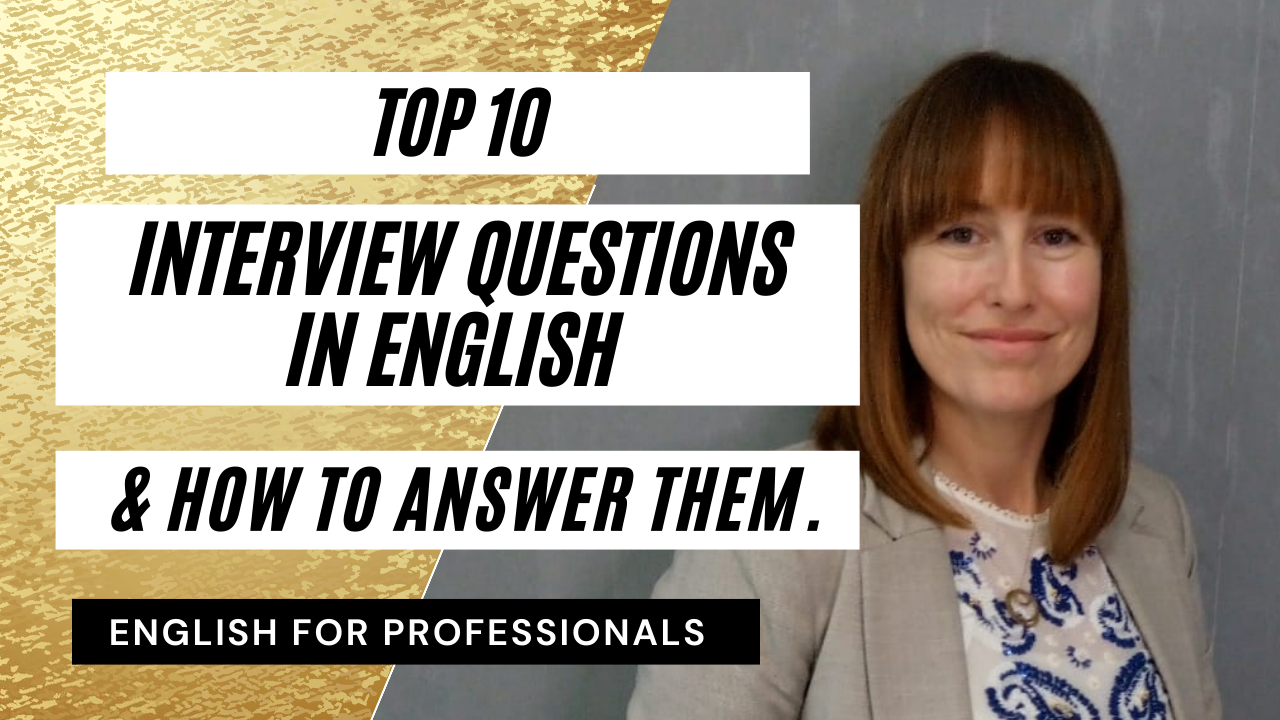
10 Essential Questions and Answers for Effective Article Writing
Want to write articles that grab readers' attention? This guide answers 10 key questions for making your articles outstanding.
Essential Elements of a Well-Researched Article
Great articles need strong support. Include these:
- Resources: Books, websites, anything helpful.
- Data: Numbers, facts, statistics, the real stuff.
- Case studies: Show how things work in the real world. McDonald's is a great example!
- Demand & Supply: How much people want it, and how much is available.
- Pricing: How much something costs.
- Industry benchmarks: Compare your work with others' to see where you stand.
- Expert opinions: Use experts' advice.
- Trends: What's changing and how to talk about it?
Good research gives your writing weight and credibility.
Gathering Reliable Data and Statistics
Getting good data is super important for solid articles.
- Reputable reports: Look at stuff made by respected organizations.
- Government info: Data often released by the government is valuable and reliable.
- Surveys: Ask a lot of people what they think.
- Reliable online sources: Websites that are known as good sources of information.
Reliable information is super important for people to trust what you write.
Case Study Example: McDonald's Success Story
McDonald's did great! Here's why:
- Standardized recipes: Makes food the same everywhere.
- Easy access: Lots of stores all over.
- Fair price: It was an attractive price to the average consumer.
McDonald's is successful. That's because of good ideas.
Analyzing Demand and Supply Trends
To know what's happening, look closely:
- Market reports: Understand the big picture.
- Economic change: Big shifts can really impact sales.
If you see how demand and supply shift, it's useful for seeing future problems and success.
Factors Influencing Pricing and Cost Data
What influences price? Many things!
- Material costs: Prices change all the time.
- Labor costs: How much workers cost changes how prices work.
- Competition: How much competitors' products impact price is really useful.
- Global events: What's happening internationally affects many prices, especially in larger markets.
Knowing the many elements impacting pricing is useful to give readers clear ideas and a comprehensive view.
The Importance of Comparative Analysis
Compare things to understand them better.
- Find competitors' strengths: Helps see where things could be better in the next cycle.
- Spot industry differences: How similar companies differ can offer solutions or directions.
- Discover areas for improvement: Find the weaknesses and correct them!
Comparison lets us know what works well, how things stand out, and where we could do better in business strategies, pricing strategies, etc..
Incorporating Expert Insights and Quotes
Get opinions from trusted sources.
- Experts in the field: Knowledgeable and insightful opinions can increase the quality of articles.
- Formal or informal interviews: Good for capturing in-depth information, like anecdotes that might otherwise be missed in a large research review or reports.
Involve people from the real world for trustworthy advice.
Using Historical Trends for Future Projections

Source: eduplusnow.com
Knowing history can make a guess about the future.
- Identify trends and patterns: Recognize cycles, timing, growth phases, etc. in the given industry.
- Learn from past successes & failures: Use past actions and decisions made to create better options moving forward for success.
- Predict possible outcomes: Projecting from historical evidence for the next step or for future periods.
Using previous data improves knowledge.
Improving Relevance with Consumer Insights
Knowing what customers want helps make good articles.
- Understanding customer needs: See what matters to them.
- Pinpointing pain points: Spot problems readers have.
- Connecting with their concerns: See the concerns consumers are currently interested in or that relate to their values and connect your topic with this to ensure it relates better and interests readers better.
Focusing on consumer preferences improves article effectiveness.
Offering Practical Advice and Actionable Takeaways
Help readers apply information directly.
- Provide real-world examples: Illustrate how ideas work in practice.
- Give concrete tips & insights: Clear, simple instructions enhance readability and learning potential.
- Offer suggestions & advice that are possible to use in one's everyday life. Provide methods and solutions that enhance skills and are possible to take steps towards applying in one's personal or professional life.
Turn the information into usable strategies for readers.
7 Steps to Enhance Article Quality
Strong articles follow steps. This shows how to make your writing better.
1. Research Thoroughly
Deep research is key. Dig into your topic.
- Look for lots of info.
- Gather different opinions.
Good research shows readers you know what you're talking about.
2. Structure Logically
Organize your writing clearly.
- Use headings and subheadings to divide ideas.
- Make each part connected to the other.
A clear structure makes reading easier.
3. Use Reliable Sources
Trustworthy info is essential.
- Use reports and data from known sources.
- Cite your sources properly.
Reliable sources add trust to your writing.

Source: 9to6job.com
4. Offer Real-World Examples
Show how ideas work.
- Use examples from the real world to illustrate.
- Use numbers and percentages when showing examples.
Real-world examples help readers see your ideas in action.
5. Get Feedback and Edit
Improving your writing is crucial.
- Ask others to review your work.
- Correct errors and make needed changes.
Taking time for feedback makes your article stronger.
6. Optimize for Readability
Readers should easily understand what you write.
- Use short sentences and simple words.
- Break up big paragraphs into smaller ones.
Make reading your article quick and easy to understand.
7. Promote Strategically
Let others know about your article.
- Share your work online and offline.
- Use social media to reach people interested in the article topic.
Promotion lets your message reach more people.
Top 5 Tips for Crafting Engaging Content

Source: amazonaws.com
Make your content shine! These tips make it great.
1. Know Your Audience
Understand who you're writing for.
- Who are your readers? Think about their interests.
- What are their problems? Your content should help them.
Knowing your audience helps your message connect with readers.
2. Start Strong
Hook readers right away.
- Make the beginning exciting.
- Tell a brief story or pose an intriguing question to get readers hooked.
- The first sentences matter! They grab attention.
Good openings make readers want to read more.
3. Use Visuals
Add pictures or other images to make content better.
- Visuals make content more engaging and interesting.
- Visuals break up text, so reading is easier.
- Good pictures improve the appeal and catch reader interest.
Visuals are really important to make content look and feel better.
4. Be Concise
Keep it brief and clear.
- Use easy words. Readers enjoy reading content easily.
- Avoid complicated words or confusing sentences.
Short, clear content is much better to read.
5. End with a Call to Action
Tell readers what to do next.
- Give readers instructions on the next step, for instance.
- Provide clear instructions so readers easily act upon the given information or topic.
A clear next step gives your content impact.
Key Questions about Article Writing (FAQ)
Answers to common questions about writing articles.
What Makes a Good Article?
Good articles have key elements:
- Clear topic: Readers know exactly what the article is about.
- Well-organized information: Easy to follow.
- Accurate and reliable info: Trustworthy information is essential.
A good article helps readers understand and learn something.

Source: bcmgroup.in
How Can I Improve My Writing Skills?
Improving writing takes work.
- Read a lot: Reading improves vocabulary and writing style.
- Practice often: Writing more helps your writing flow better.
- Ask others to read: Getting feedback on your work helps you improve.

Source: workable.com
Improving writing is a process of practice and feedback.
Where Can I Find Reliable Sources?
Good sources give your article weight.
- Reputable news organizations: Trusted information from reliable sources.
- Academic journals: Research-based information from expert researchers and academic journals, government agencies or related topics can prove effective, since it proves trustworthy data, making it more reliable and credible information.
Reliable sources make your writing more credible.
How Do I Cite Sources Correctly?

Source: sakshi.com
Proper citing builds trust.
- Follow a citation style: Follow rules to credit the source, depending on the given source of information. A good writing style guide tells you exactly how to correctly cite your sources.
- Be accurate: Correctly mention the name of the authors and publications from where your information was pulled from. Using quotation marks or block quotes, depending on the type and form of quote.
Accurate citations are vital for trustworthiness.
How Can I Tailor My Writing for Different Audiences?
Different audiences have different needs.
- Use simple language for beginners: Use easier-to-understand words if talking to those with basic knowledge or introductory understanding to the given topic.
- Use more technical terms for experts: Readers familiar with the topic have better and more in-depth knowledge or an academic level of understanding for which to follow along. This shows you researched, which adds credibility.
Adjust your language based on readers.
6 Ways to Write a Captivating Introduction
Grab readers' attention from the start! These methods make your introduction strong.
1. Start with a Question
Start with a question.
- Pose a question that makes readers curious.
- Make readers want to know the answer.
A question draws readers in and makes them want to learn more.
2. Use a Surprising Statistic
Use a surprising statistic.
- Start with an unusual number to capture attention.
- Show how your information is important by demonstrating facts with stats and numerical data to support your idea.
A surprising number makes the reader think about what you're writing about.
3. Tell a Story
Tell a compelling story.
- Start with a quick, interesting story related to the topic.
- Draw the reader into the details of your story.
- Create a feeling and show your idea in context and from a unique perspective.
A great story grabs readers' interest and imagination.
4. Share a Relevant Quote
Use a relevant quote.
- Start by incorporating a famous person's quote that relates to the subject matter of your article.
- Mention someone famous that backs up the given idea.
A powerful quote shows experts agree with your point.
5. State a Bold Claim
Make a strong statement.
- State your idea in a forceful manner.
- Let the readers know exactly what the article will cover from its beginning.
Bold statements set up your whole article clearly.
6. Create Intrigue
Make the reader want to learn more.
- Create a mystery or puzzle to make the readers curious and wanting to discover more about your content or topic, since they feel confused as to what it actually entails or relates to the matter at hand.
- Leave them wanting to find the solution and what to read further on to understand more.
Intrigue draws the reader into finding out more.

Source: digitalglad.com
Wrapping Up: Essential Insights for Article Writing
Key takeaways for writing great articles.
Summary of Effective Article Writing
Good articles use these:
- Solid resources: Use helpful data, books, websites, etc.
- Clear data: Use facts, numbers, and reliable statistics.
- Expert opinions: Add expert advice and knowledge from reputable sources.
- Current trends: Understand what's popular with consumers.
These ingredients improve your articles.
Importance of Historical Trends
Looking at the past is important.
- History helps us see changes.
- Past problems and successes can provide insight for better future decisions.
- Trends can guide decisions about how you move forward in your article topic.
Learning from history can help understand the present and predict the future.
Source Management and Organization
Organizing your information is important for readers.
- Gather source materials—such as facts, stats, quotes, numbers—from a range of trusted places, people or organizations.
- Save these carefully. It's crucial to keep track of sources, which helps you prove your sources, and stay organized in the long run to follow what was found or mentioned within your writing.
- Keeping a list makes your writing look organized.
Good organization keeps everything in place.
Importance of Readability and Engaging Introductions

Source: customersfirstacademy.com
A strong opening and easy-to-understand writing is key.
- Create a beginning that captures attention.
- Make the whole piece clear and understandable to read quickly.
- Keep paragraphs short. This increases engagement.
Clear and attractive writing makes an article more successful.
Overarching Significance of In-depth Writing
Effective articles have important characteristics.
- Gather and display information clearly, accurately and concisely for readers.
- Thorough research with credible and verifiable data sources ensures accuracy.
- Focus on a specific topic for concentrated learning potential and clarity.
Articles benefit everyone with thorough work.



